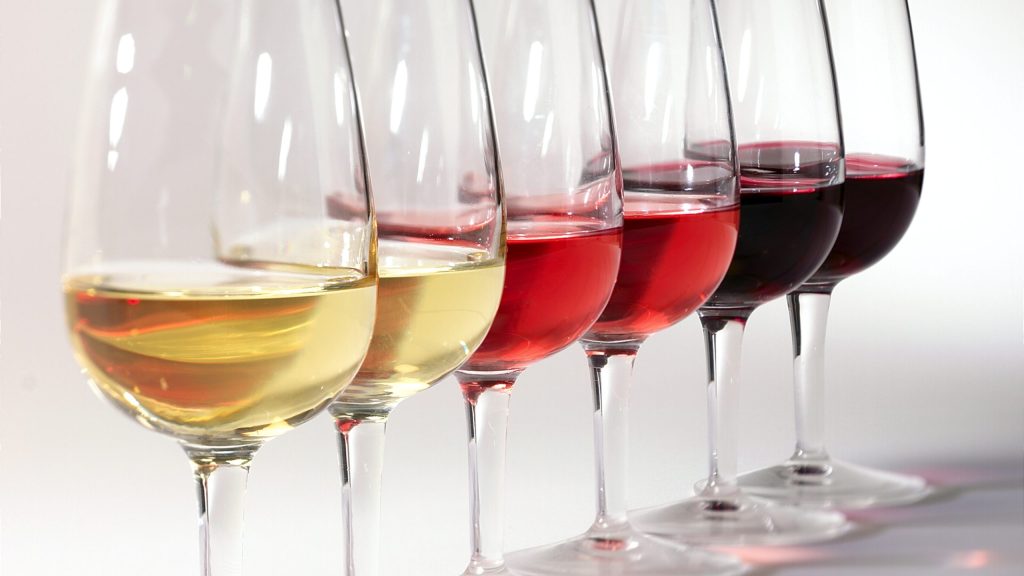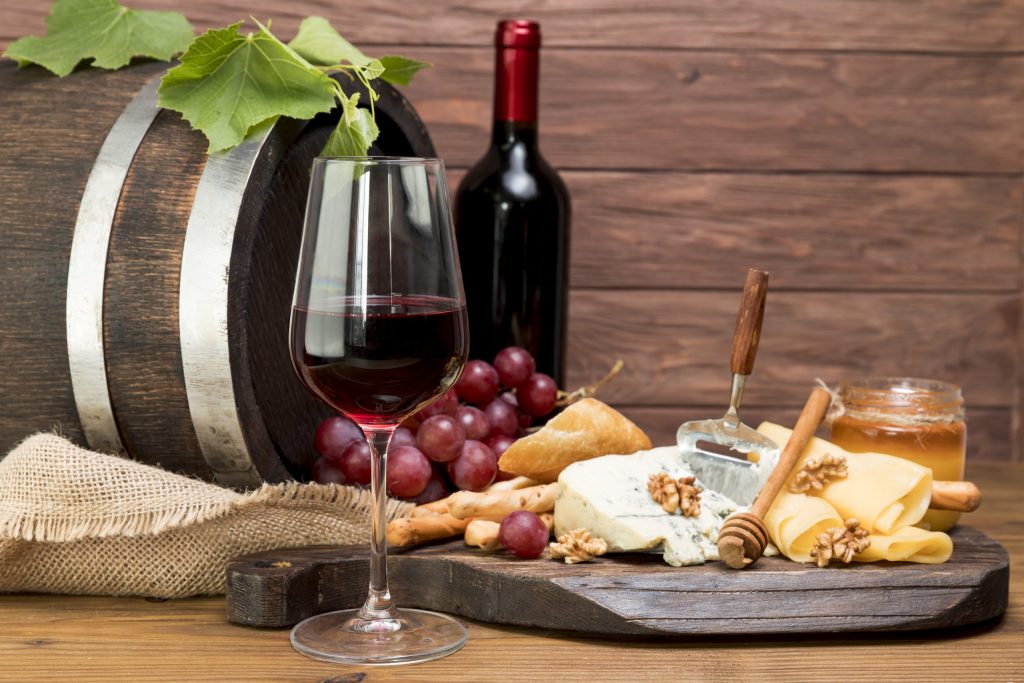A short while ago, we reviewed several wine niches that emphasize health and sustainability – organic, natural, vegan, biodynamic, with the intention of clarifying some of the laws that govern (or don’t) this branch of viticulture and winemaking. However, some details remain a bit unclear about what differentiates bio wines (which we will now call organic, according to the law, but also to avoid confusion) from biodynamic ones.
About terroir, above all
Very often, wine producers, during tastings or winery visits, will tell you about a "blessed place," about sun, soil and subsoil, winds, and rains. And, not least, about people. That is about terroir, the sum of all factors that influence how the vine grows and the quality of the grapes it produces. What some of them do not take into account is that the way you treat the vine, and the land with it, has a significant short-term and long-term impact on the soil. So the question arises: how much do these wines represent their own terroir when the soil is ground, compacted, exhausted, eroded, and full of foreign substances?
The organic movement was born more than a century ago, just before the consecration of pesticides and insecticides as common treatments for agricultural crops, and its central element is the protection of the land. Biodynamics is the step forward taken by some people who have considered that protection is not enough; regeneration is needed.

Organic vs. organic grapes
In the United States, where the certification of organic wines is done by the USDA (United States Department of Agriculture), for a wine to be labeled as organic, the grapes must be organically grown, the winemaking process must follow the rules, and the wine must not have added sulfites. The limit for sulfites, which naturally occur in wine, is 10 mg/l. A secondary certification is that of "made with organic grapes," which means that 70% of the grapes must have been grown organically, there are no restrictions on the winemaking process, and the wine can contain added sulfites.
In Europe, the term "made with organic grapes" was used before the entry into force concerning organic wines (2012, with subsequent amendments) but was gradually abandoned. According to the law, organic wines with less than 2 grams of residual sugar per liter can have 100 mg of sulfites/liter (red wines) and 150 mg/l for whites and rosés. For wines with more than two grams of sugar per liter, a limit 30 mg/l lower than for conventional wines is imposed (120 mg for red wines and 170 for whites and rosés, between 155 and 205 mg/l for sparkling wines).
What is organic wine?
For the production of organic wines, no treatments with synthetic substances are allowed in the vineyard – insecticides, pesticides, fungicides, herbicides, or fertilizers. Of the 300 pesticides allowed by EU legislation, and are used in limited quantities, about half of the quantity used for ecological vineyards. Genetically modified organisms are also not allowed in the vineyard. Soil fertilization is done with compost, teas, crops of various plants, animal origin fertilizers, household waste, and plant mixtures. The soil can be enriched with natural minerals – limestone, gypsum, copper sulfate, and magnesium salts, rocks rich in potassium and phosphorus. In the winery, synthetic substances are not accepted at any stage of production. Yeasts cannot be genetically modified, and wild yeasts, naturally present on the grape skins, are preferred, although this is not mandatory. Clarification is often done gravitationally, or with gelatin, egg white albumin, or minerals such as kaolin; filtration cannot be less than 0.2 microns, and enzymes or synthetic additives are prohibited. Anything not of plant or mineral origin is forbidden or, if otherwise, restricted.

What is biodynamic wine?
For some producers, the rules and legal limitations for organic farming are considered "too permissive," and a more complete (and restrictive) set of rules is provided by private biodynamic certification organizations – the most important being Demeter and Biodyvin.
Almost all practices used to obtain organic wine are found in biodynamic agriculture, but things go a bit further here. Work in the vineyard, for example, is done according to an astral calendar, where days are allocated to primary elements – water, air, earth, fire. Each of these corresponds to a part of the vine: roots, leaves, flowers, and fruit. Lunar cycles dictate the periods when work is not done in the vineyard, when vines are pruned, grapes are harvested, or treatments are applied.
Treatments in the vineyard are also highly specific. Cow horns filled with various mineral or compost recipes are used to contribute to soil revitalization. If organic farming emphasizes soil conservation, erosion and compaction prevention, biodynamics speaks of living soil, balance, and biodiversity. The vineyard is seen, in biodynamics, as part of a whole; it must integrate and collaborate with the surrounding flora and fauna. The basic principles of biodynamics, according to Demeter, are:
- Regeneration – sustainability is not enough;
- Harmonious integration between man and nature; people are part of a whole;
- Creating a living context where people, animals, and plants thrive and develop;
- Agriculture is contextual; it must take into account ecology, landscape, and culture;
- Ecological responsibility – caring for resources, including packaging and transportation impact;
- Social responsibility – supporting community development and a cooperative approach to the supply chain.

Some explanations
As much as possible, biodynamic vineyards use renewable resources and circular economy principles, such as sheep grazing between rows, simultaneously fertilizing the soil. It is a holistic approach where people, plants, animals, insects, and soil work together. There is no universal solution, as there are no universal rules – everything must be done with respect and care for the land and nature, a return to pre-industrial practices when things were done naturally. Spraying the vines, for example, is done according to the needs that must be met – from boiling oak bark rich in tannic acid to ward off unwanted insects to nettle tea to supplement the iron content in the soil. In short, biodynamics is a science of life.



